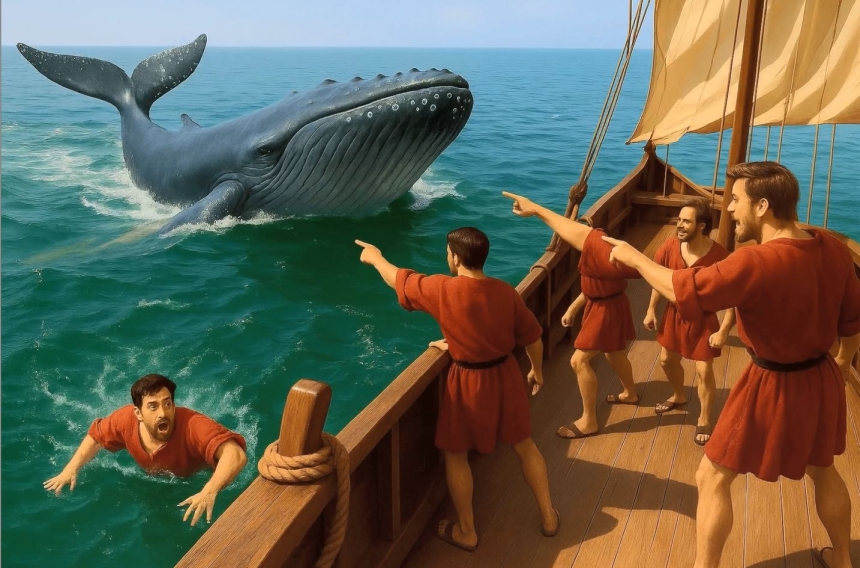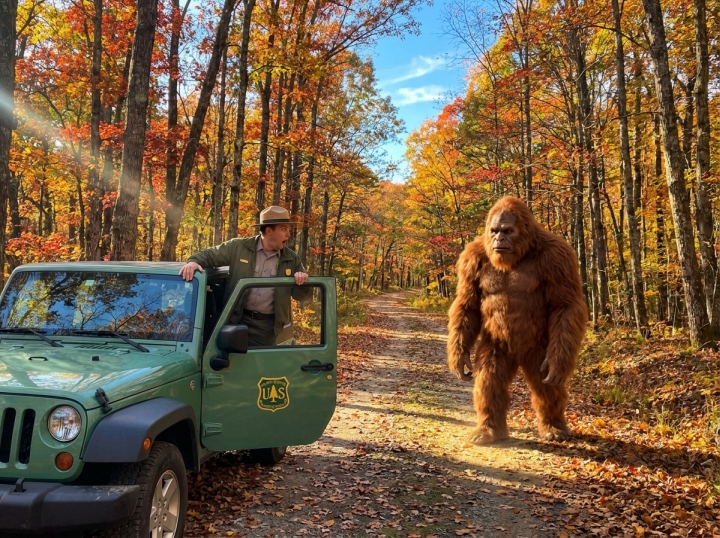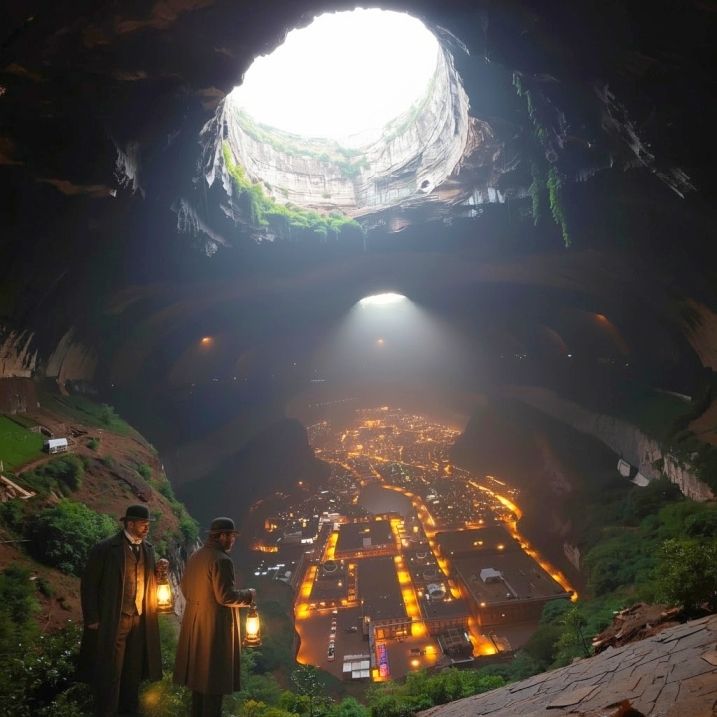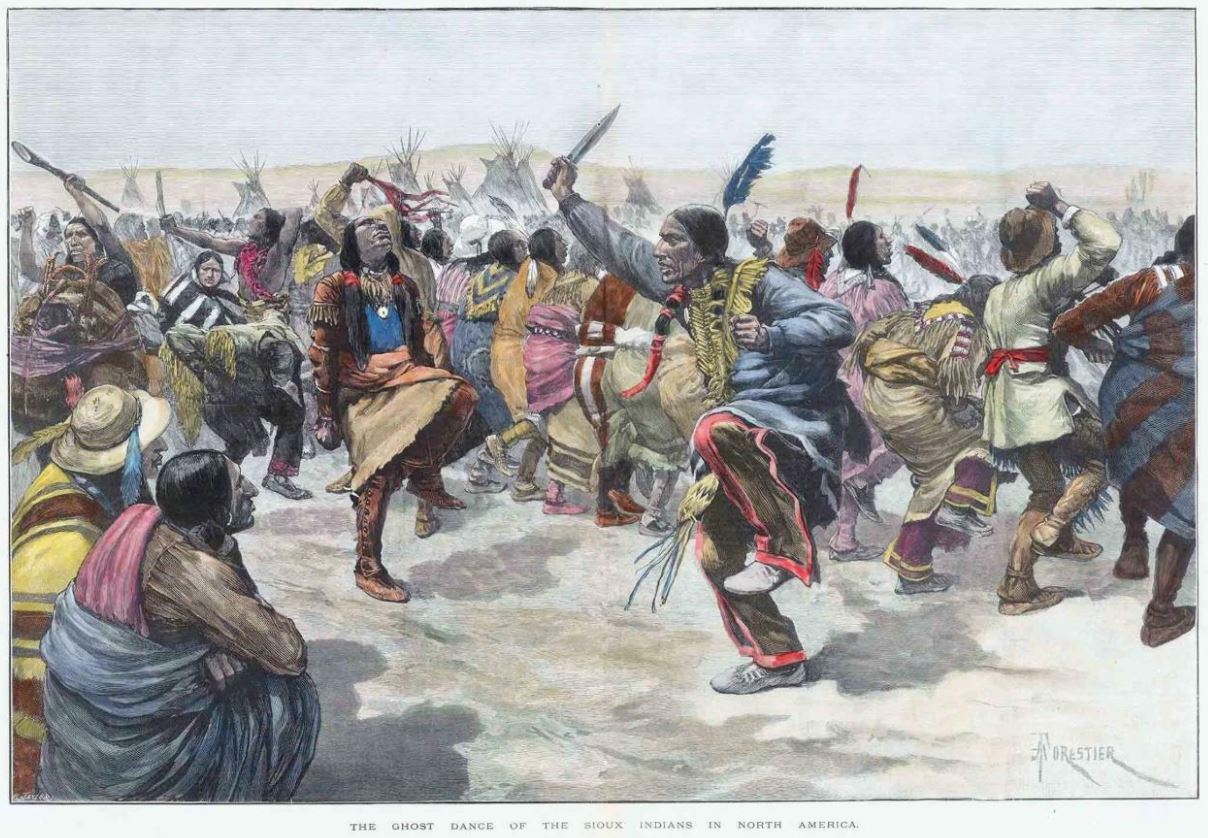
An unusual dance circulated among a great many Native American Indian tribes in the United States of America during the late 1800’s. This dance was also a spiritual prayer ritual, and called “The Ghost Dance”. The Ghost Dance was a general circular dance but the dancers believed they were receptive to the ghosts of dead Native American Indians who are normally unseen and unheard. The spirits would convey messages to the dancers.
There were various dancers who wore what was called a “Ghost Shirt”. A ghost shirt was believed to be a special outer garment which would magically protect its wearer from all harm, including from the bullets from guns fired from the white men. Of course the ghost shirts had no type of supernatural protection power, The idea of ghost shirts being imbued with such a guardian power was from a lack of understanding of the Christian Mormons who, on certain occasions, wore a temple garment which was believed by them to give protection against evil; but this evil was the type associated with temptation to commit sin and the consequences that come about after engaging in sin. The Mormon garments were really worn for protection against spiritual evil. But, the Native American Indians misunderstood this circumstance.
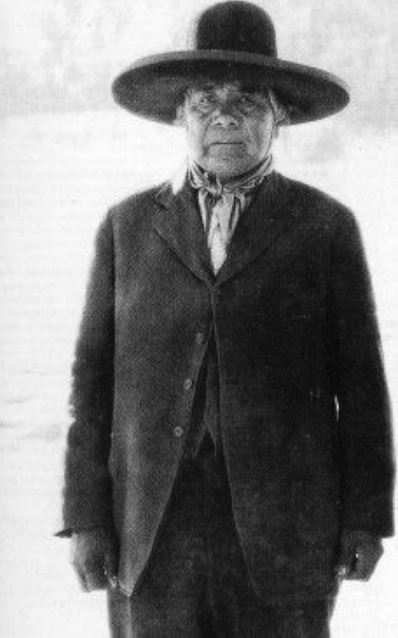
The Ghost Dance was created by the Native Americans of the Nevada Northern Pacific in 1889. The purpose was to seek the attention and communication of dead Indian spirits; especially those spirits of chiefs and warriors. Native American Indians were also having increasing problems with white settlement squatting and an aiding and abetting US Calvary that was heavily weaponized. Furthermore, the white settlers were also killing off the bison’s and buffalos which was a primary source of food, leather clothing, and teepee material for the Indian tribes An additional part of the Ghost Dance movement was created by a Paiute holy man named Wovoka who also became a Christian and then became known as Jack Wilson. Wovoka means “cutter” or “wood cutter” in the Northern Paiute language. Wovoka was born about 1856 and died on September 20, 1932. He was a spiritual healer, pacifist, preacher, and a visionary.
With Wovoka being a Christian, and still a follower of his original American Indian religion, he incorporated much of Christianity into his Native American religion and philosophy. As Jack Wilson, after falling in a coma, he had a vision during during a solar eclipse on January 1, 1889. This vision was not his first vision, but as an adult, he believed he could properly interpret his vision of New Year’s Day 1889. He claimed that when Jesus Christ would come back to earth (known as “The Second Coming”), Jesus Christ would return as a Native American Indian. and all the dead individuals would be resurrected, as Jesus Christ would administer justice. The evil white people would disappear; good white people would return their land to the Indians. The buffalo and the bison and other important animals would return to the lands in great hordes. But, for all these things to occur, the Native American Indians are to live good; righteous lives, take up pacifism, renounce physical violence, perform treatments of all peoples, and practice the ghost dance.
In regards to The Ghost Shirts-the Lakota Indians(formerly known as the Sioux Indians) of America and Canada did not believe in Wovoka’s vision that peace with the white race could be achieved without physical violence. Lakota chiefs and warriors believed the white people and their government had to be conquered. The USA government broke every treaty signed with Native American Indians. There was the Black Hills Gold Rush and Land Grab in Dakota Territory of the USA that began in 1874 following the Custer Expedition in 1876 and then peaked in 1877. General George Armstrong Custer and his soldiers were killed off at the Battle of the Little Big Horn River, also known as the Battle of the Greasy Grass by many Indians, by a coalition of Native American Indian Lakota, Cheyenne, and Arapaho armies at South-Central Montana Territory, later known as the State of Montana on June 25-26,1876.
After the defeat of Custer and the Seventh US Calvary, the Indians were eventually chased ; hunted down by new, extra U.S. soldiers with many Indian warriors being killed, while other Indians were captured and then forced back to reservations they had both white men and various Indians as guards; Indians who were allied with the USA. Lakota Chief Sitting Bull was killed by Indian police officers on the Standing Rock Indian Reservation on December 15, 1890 while his warriors were trying to rescue him.
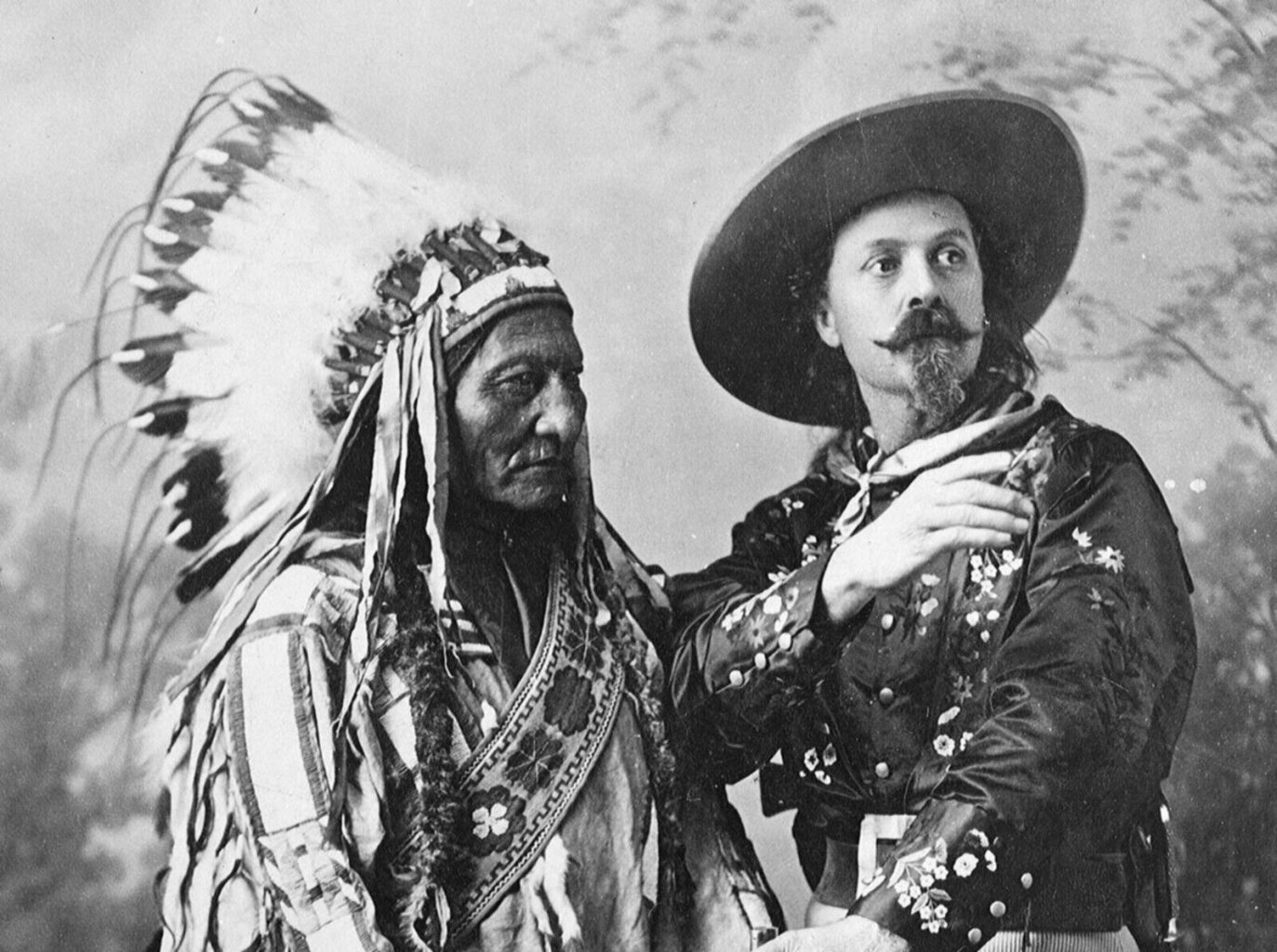
There were American Indians that wore the Ghost Dance Shirt during the Ghost Dance, while other dancers did not. Certain American Indians believed the ghost shirt would “magically” protect them from the bullets of the guns of the white men, but, of course, were very wrong. False stories were purposely circulated by various Indians to scare the white men into thinking that ghost shirts gave the wearer immunity from injury of the bullets that were fired out of guns. On December 29, 1890 the Wounded Knee Massacre, also called the Battle of Wounded Knee, occurred near Wounded Knee Creek on the Lakota Pine Ridge Indian Reservation.in the USA State of South Dakota. South Dakota back then was recently granted statehood into the Union on November 2, 1899.Lakota Chief Crazy Horse , who took part in the Battle of Custer’s Last Stand, was buried on the Pine Ridge Indian Reservation in 1877.
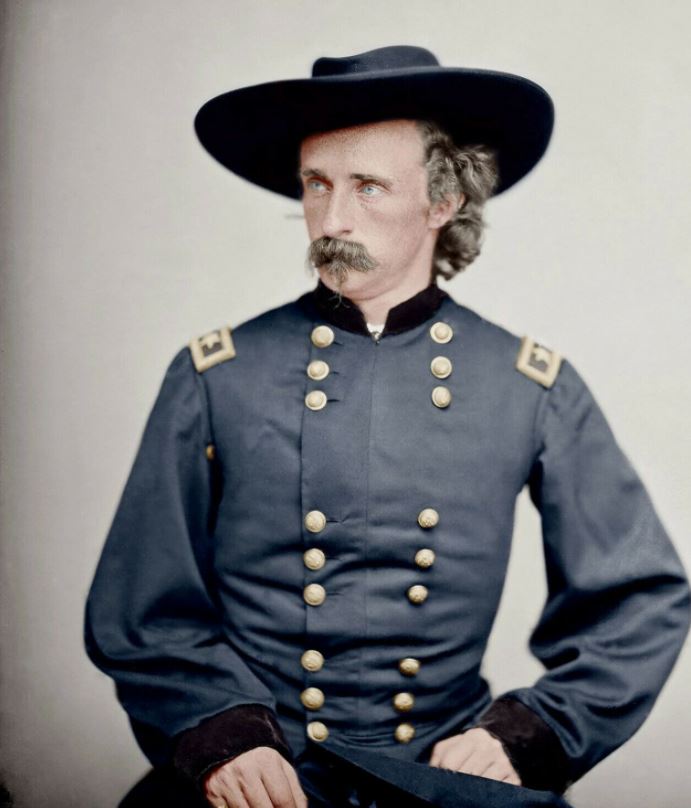
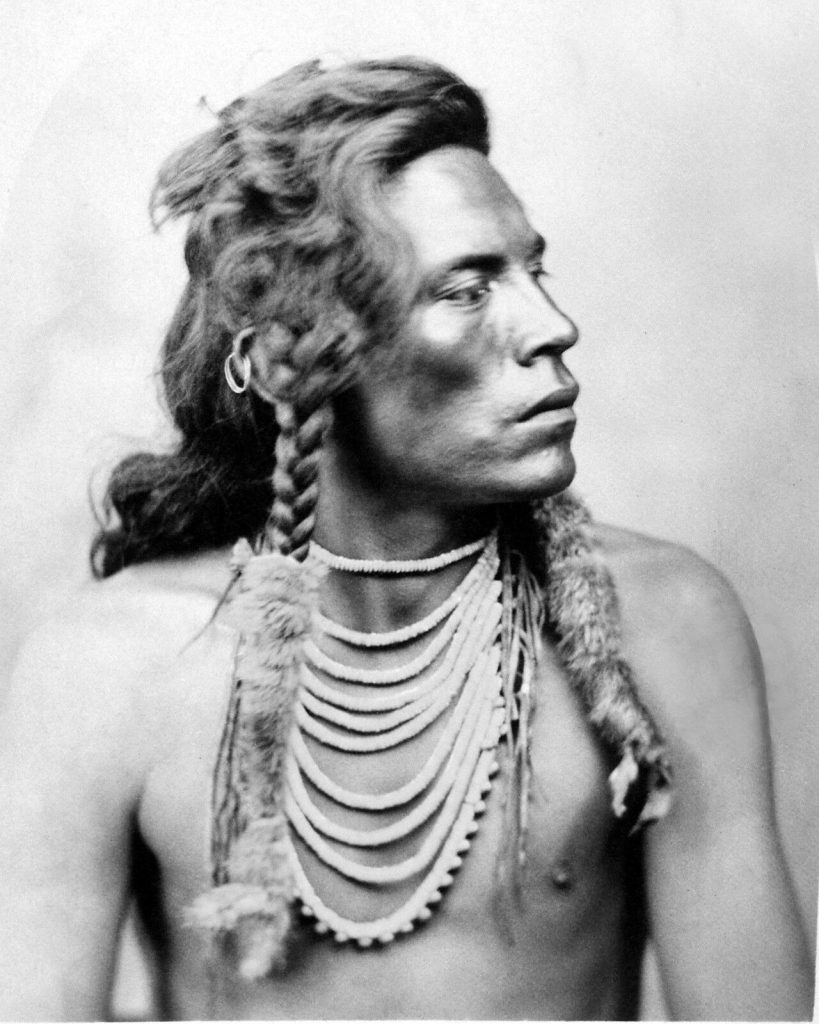
In South Dakota, at the Town of Wounded Knee, which the Wounded Knee River runs through, at the Pine Ridge Indian Reservation, on December 29, 1890 (just 2 days before Christmas), while the 7th U.S. Calvary was disarming the Lakota Indians, a terrible incident occurred when a deaf Indian, Black Coyote, (whom the U.S. soldiers were told is deaf), resisted giving up his rifle, claiming he had paid for it, and during a struggle with a Calvary soldier, while an old Indian man began ghost dancing, the rifle went off. The U.S. Army began to start shooting indiscriminately at the Lakota people which caused a small number of Indians, who were still armed, to shoot at the soldiers. When the massacre was over, more than 250 men, women, and children of the Native American Indians had been killed and 51 were wounded (4 men and 47 women and children, some of whom later died.) Certain estimates calculate the number of dead to be as high as 300, with 25 soldiers dead (mostly through so-called “friendly fire”), and 39 were wounded (6 wounded soldiers later died.)
20 US soldiers were awarded the Medal of Honor and those medals were never revoked. The Wounded Knee Battlefield, the place of the Massacre, has been designated a National Historic Landmark by the US Department of the Interior on December 21, 1965..
